Li-Fi Revolution - How Light Could Be the Future of Wireless Communication
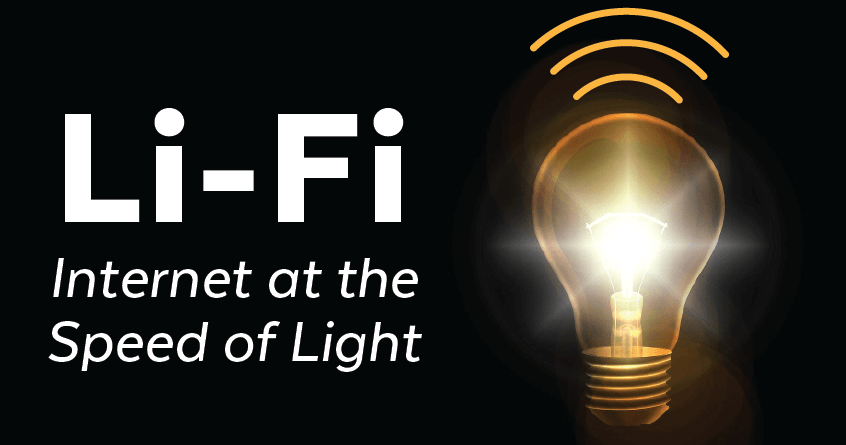
In our hyper-connected world, the demand for faster, more reliable, and secure wireless communication is ever-increasing. While Wi-Fi has become ubiquitous, limitations in bandwidth and concerns about security are pushing researchers to explore alternative technologies. Enter Li-Fi, a groundbreaking technology that utilizes light waves to transmit data, promising a future where our homes, offices, and cities are bathed in a glow of information.
Shedding Light on Li-Fi: A Technological Leap
Li-Fi, short for Light Fidelity, is a wireless communication technology that employs visible light from LED bulbs to transmit data. Unlike Wi-Fi, which relies on radio waves, Li-Fi leverages the much wider spectrum of visible light, offering significantly greater bandwidth. This translates to significantly faster data transfer speeds, with theoretical speeds reaching an astounding 224 gigabits per second – that’s downloading 18 movies in the blink of an eye!
How Li-Fi Illuminates Our Connected World
The basic principle behind Li-Fi is elegantly simple. An LED bulb, acting as a transmitter, rapidly switches on and off at speeds imperceptible to the human eye. These subtle flickers encode data into light waves. A photodetector receiver, like a smartphone camera, captures these light signals and decodes them back into digital data.
Advantages that Shine Bright
Li-Fi offers a compelling array of advantages over traditional wireless technologies:
- Blazing-Fast Speeds: Li-Fi’s potential speed outstrips current Wi-Fi speeds by a factor of over 100, paving the way for seamless streaming, faster downloads, and lag-free gaming.
- Enhanced Security: Light waves, unlike radio waves, cannot penetrate walls. This inherent characteristic makes Li-Fi highly secure, as data transmission is confined to the illuminated area, minimizing the risk of unauthorized access.
- Reduced Interference: Li-Fi operates in a different spectrum than radio waves, eliminating interference issues commonly experienced with Wi-Fi in crowded environments.
- Abundant Bandwidth: The visible light spectrum is vastly wider than the radio spectrum used by Wi-Fi, offering abundant bandwidth to accommodate the growing number of connected devices.
- Energy Efficiency: Since Li-Fi utilizes existing LED lighting infrastructure, it represents an energy-efficient solution with the potential to reduce energy consumption.
Challenges on the Horizon
While Li-Fi holds immense promise, some challenges remain before it becomes a mainstream technology:
- Line-of-Sight Requirement: Li-Fi requires a direct line of sight between the transmitter and receiver, limiting its range and mobility compared to Wi-Fi.
- Infrastructure Overhaul: Widespread adoption of Li-Fi would necessitate replacing existing lighting infrastructure with Li-Fi-enabled LEDs, representing a significant investment.
- Standardization: As a relatively new technology, industry-wide standardization is crucial to ensure interoperability between devices from different manufacturers.
A Bright Future: Illuminating Possibilities
Despite these challenges, Li-Fi’s potential is undeniable. Research and development are ongoing, with companies like pureLiFi and Signify (formerly Philips Lighting) spearheading the charge. While it is unlikely to replace Wi-Fi entirely, Li-Fi is poised to complement and enhance wireless communication in various sectors:
- Smart Homes: Li-Fi can create robust and secure home networks, powering everything from high-definition streaming to smart appliances.
- Healthcare: Li-Fi’s speed and security make it ideal for hospitals and healthcare facilities, facilitating real-time data transfer and remote patient monitoring.
- Automotive: Li-Fi can enable vehicle-to-vehicle communication, enhancing road safety and enabling autonomous driving features.
- Underwater Communication: Unlike radio waves, light can penetrate water, making Li-Fi a promising technology for underwater communication and data transfer.
Concluding Thoughts: Stepping into the Light
Li-Fi represents a paradigm shift in wireless communication, offering a glimpse into a future where light itself becomes the conduit for information transfer. While challenges remain, ongoing research and development efforts are steadily bringing this technology closer to reality. As we continue to push the boundaries of connectivity, Li-Fi has the potential to revolutionize the way we interact with the world around us, illuminating a future filled with faster, more secure, and seamless communication.



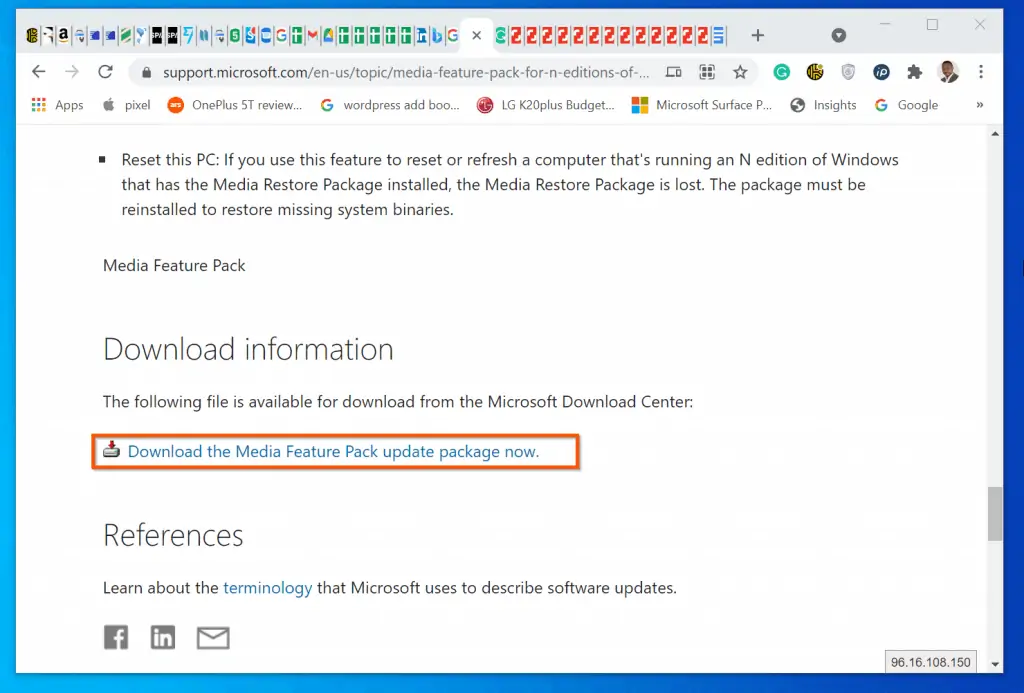

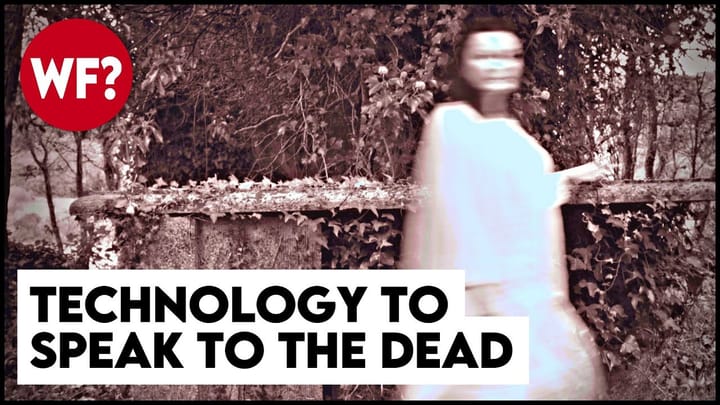
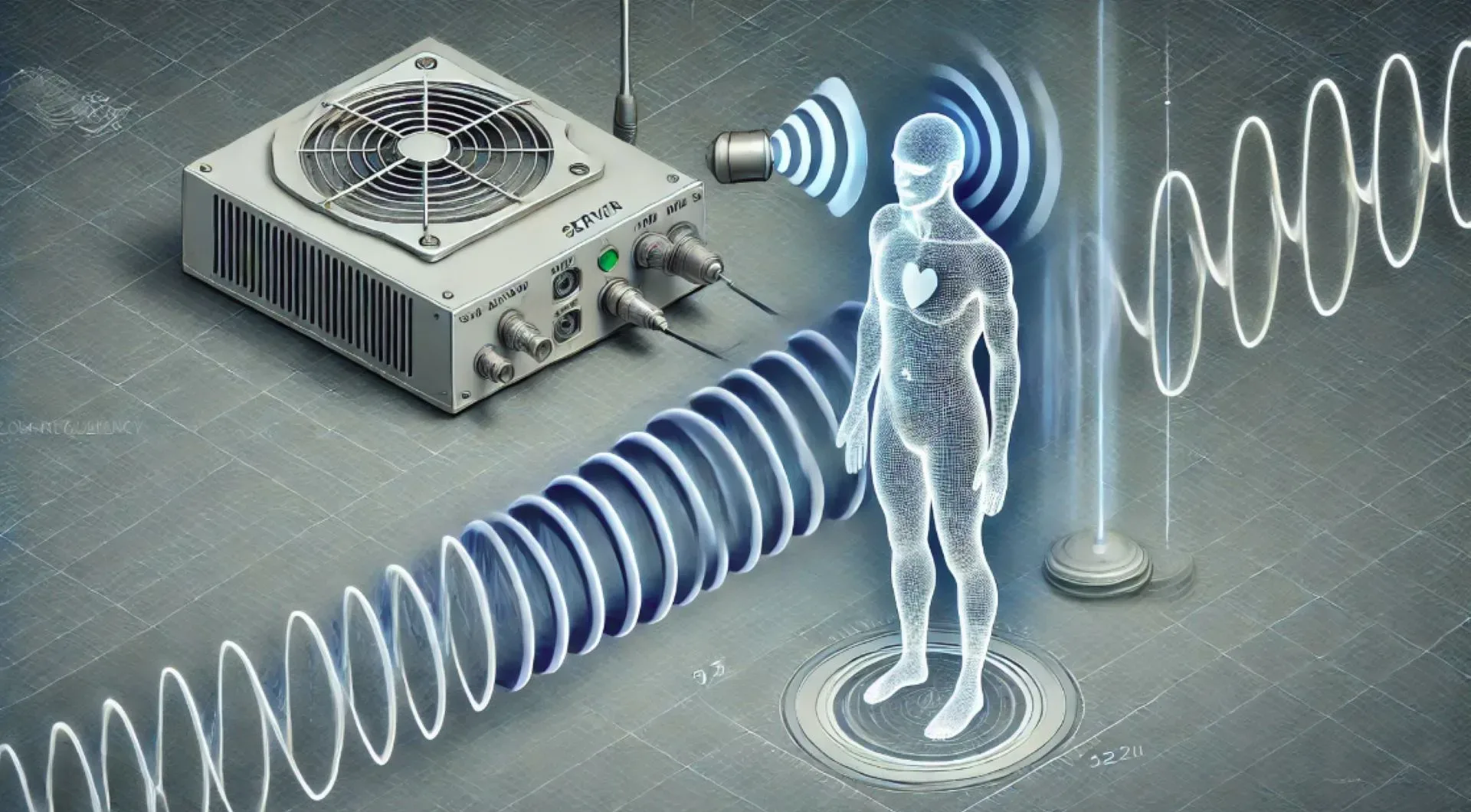



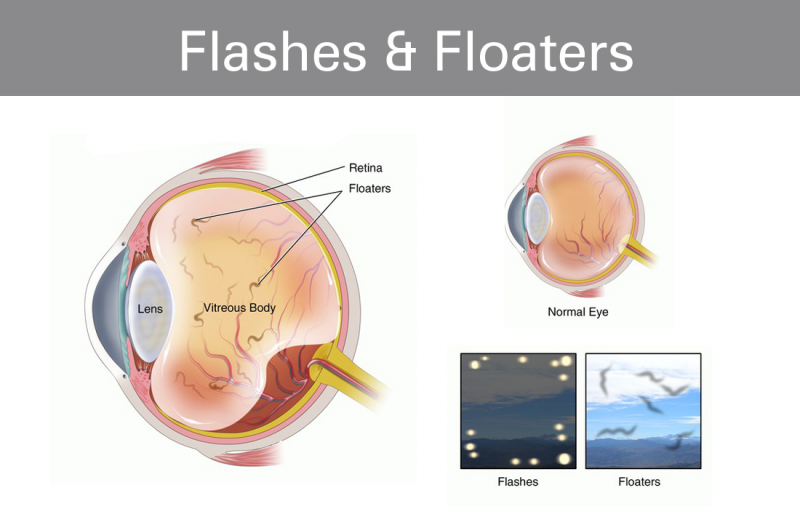



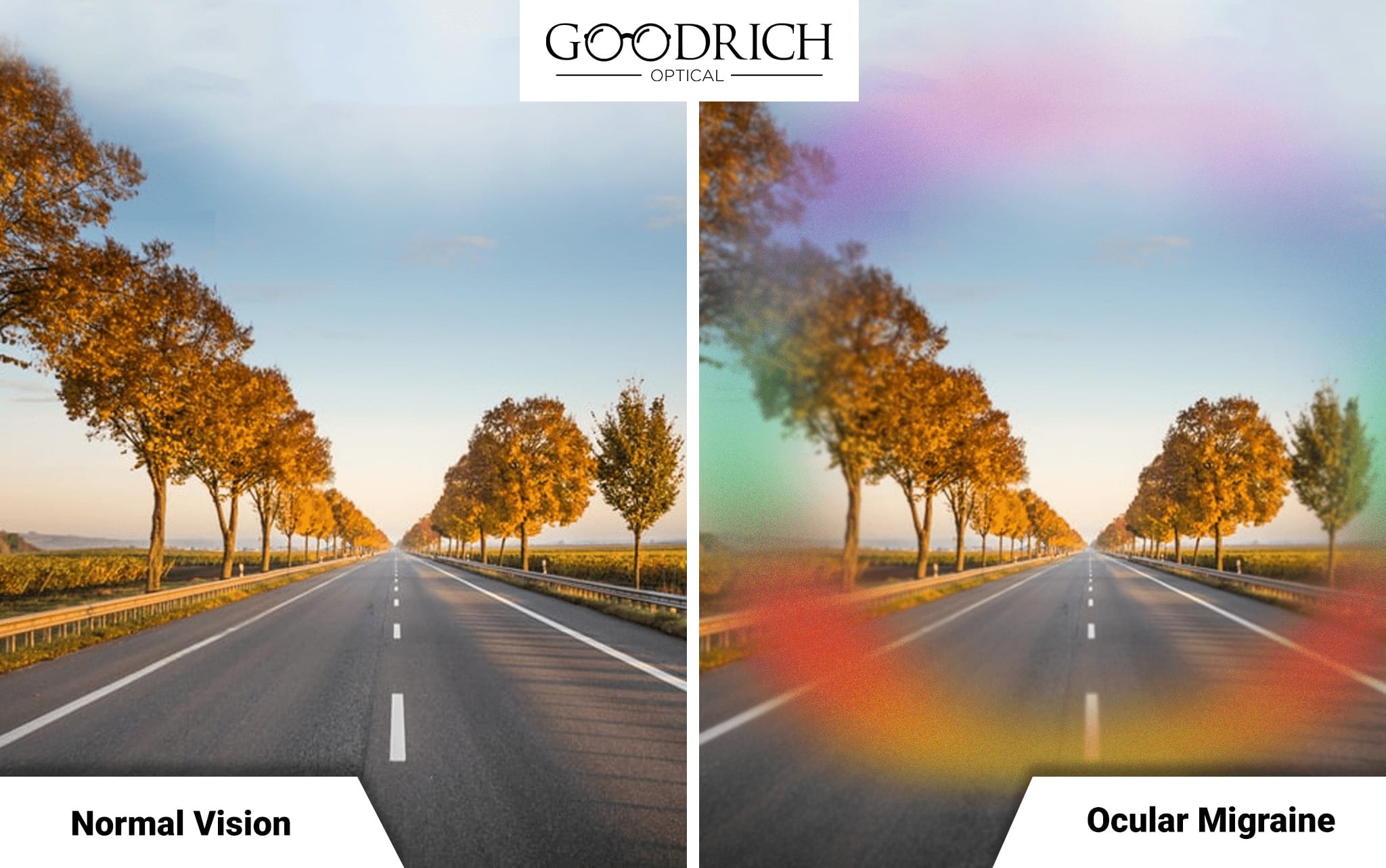


Comments ()